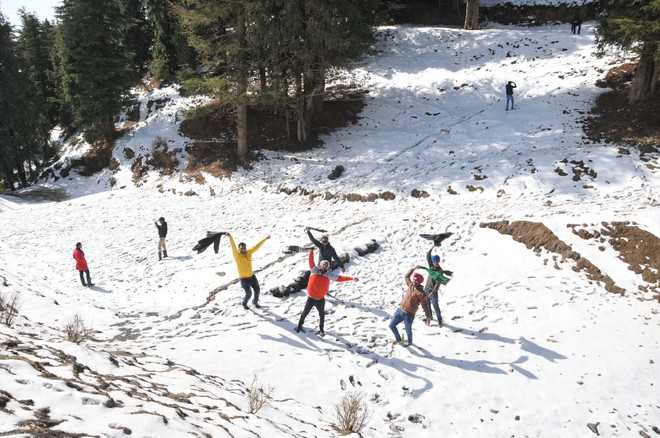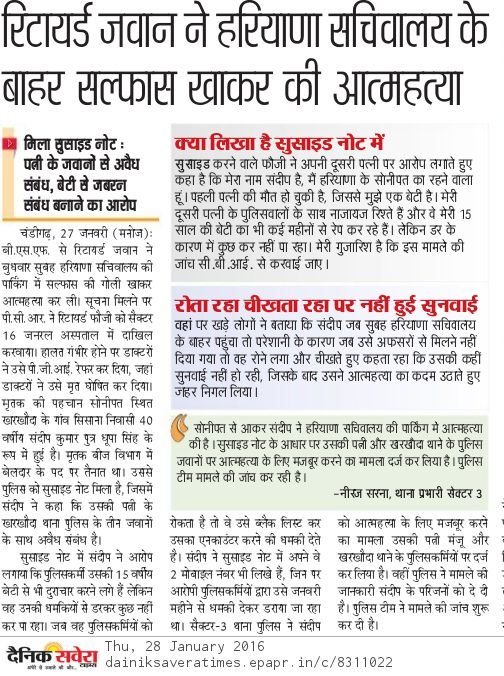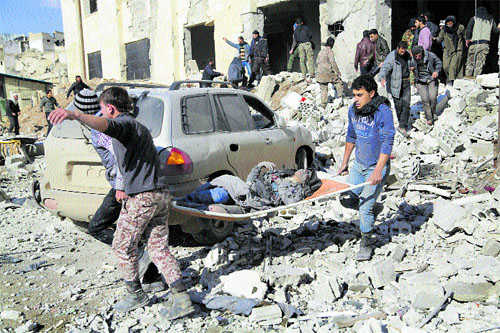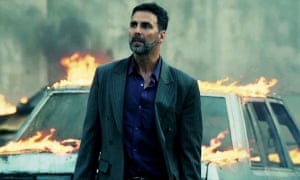Today’s military leadership is better trained with vast professional experience comprising counter-insurgency operations and high-altitude warfare. The Army has trained with world armies and UN peace-keeping missions. So to say the Army cannot conceive a conventional war is a figment of the imagination.

Soldiers of the Indian Army fire a Bofors gun during Exercise Sarvatra Prahar at Army’s School of Artillery in Devlali, Maharashtra. AFP
On February 15, in these pages, Pravin Sawhney had argued (‘The Army is not war ready’) that the Indian Army was distracted from its ideal readiness for war. Lt-Gen(retd) RS Sujlana gives a contrary view.A vast array of factors combine to ensure that an army is ready for war, but the tenacity of men and women who make up the force, their wherewithal and the will of the nation to war are the three main factors. Mr Sawhney has agreed that as the Army has not fought a conventional war after 1971 and has been involved in counter-insurgency operations (CI ops) for nearly a quarter century, the senior leadership of the Army cannot conceive the concept of conventional war. In addition, having erected a fence along the Line of Control (LC) to limit infiltration, the Army has developed an inbuilt Maginot Line, or defensive mentality which today denotes the physical, mental and psychological limit of war-fighting! He questions whether the Army wishes to be a glorified Para-Military Force (PMF). If this was not enough the article goes on to state, “that the people of India do not know what the Army is supposed to do”. When the word Army is used it is a direct reflection on the officers, JCOs and other ranks of the entire force. Thus, a brief examination of how the Army (and its’ men) have stood and will stand for the nation and the issues raised to assess how wrong the starting premise is follows. The post-Independence military history bears testimony to the multi-tasking capability and true grit of the Army in handling crisis after crisis. Four months into freedom and the Army had a war at hand, the Indo-Pak War, 1947-48. The Army at that time was still reorganising itself, experience and numbers of military leaders were at a premium, but still the Army went forth to drive out the Pak intruders with tremendous credit. However, contrary to advice, the political leadership hurried into a ceasefire under the aegis of the UN, eluding a total victory. The political leadership still did not feel the necessity of strengthening the armed forces (opining that the nation could well do with just a police force). A laissez-faire attitude continued and as it cuddled up to China, no effort was made to rejuvenate the armed forces. This flawed policy saw the heart-breaking outcome of the 1962 War with China. The Army was ordered to throw out the Chinese. With what? No one could answer. Even the Air Force was kept out of action. But still, the Army fought resiliently and valiantly with archaic weapons, limited ammunition sans winter clothing to name a few; the war was lost but the enemy could not break the spirit of the Army. After this debacle, the Army started to expand in 1963. The Army’s tryst with counter-insurgency operations had already begun in Nagaland. In the midst of this expansion and training of new units, the Army (and the Air Force) fought the Indo-Pak War of 1965, defeating a Pakistan Army equipped with latest weapons (like the famous Patton tanks and Sabre Jets) and drove them to dust. However, the political leadership was again found wanting and all captured areas were returned to Pak without weighing their strategic significance. Something similar seems to be brewing up now with calls of pulling back from an expensive battleground — the Siachen Glacier. Guess, some people will never understand strategic concerns. In the ensuing six years, the Army’s involvement in CI in the North-East had increased manifold but come the 1971 War, the Army amazed the world with their blitzkrieg historic victory. The political leadership again failed to garner any leverage; over 90,000 Pak prisoners were returned without resolving any issue; rather the enemy played truant and retained 54 of our prisoners who never returned home. Today, they are totally forgotten by the nation. In construing the traits of the present lot of senior officers, it hints that they lack the offensive spirit. Far from the truth as this obviously implies that the resilience, offensive spirit, camaraderie and the will to fight and win is not required in battling at the highest battlefield in the world at Siachen (since 1984) and CI ops, as this is where the Army has fought continuously post- the 1971 War. How very wrong can they be, inherent in such ops are not only these traits but much more. If this was not so, Col Gurung, Commanding Officer, 19 Madras, with the unstinted support of his seniors, would not have personally directed the super-human effort to pull out his 10 men from below tonnes of snow at the staggering height of 20,000 feet. This included one still alive, the now-legendary Hanumanthappa. Does anything more need to be said about the required traits which made this happen and the officer-man relationship in the Army? Forgotten, perhaps, is also the victory in the 1998 Kargil War, where it was all blood, guts and offensive actions. Ironically, here too, the soldiers carried the day and fought with “whatever they had” in the words of General Ved Malik, the then Army Chief. Are the LC Fence and the Maginot line the same? Definitely no, their aims are/were poles apart. Let not the LC Fence be confused to be a part of the conventional defensive concept. Moreover, wherever there is an obstacle (like a minefield or wire obstacle) offensive plans exist to strike the enemy. So has this created a defensive mindset? The answer is again, “no.” Needless to say, the cost-effectiveness of the fence is indeed debatable. Yes, without doubt there are large deficiencies in arms and equipment and these continue to grow by the day. These telling deficiencies are likely to continue in the near future, with the defence budget at an abysmal 1.74 of the GDP, almost at the same level as it was prior to the 1962 conflict. The political leadership has to come out of the proverbial ostrich syndrome and show predilection for the armed forces and provide them not only the required wherewithal, but ensure their rightful status, dignity, pay and allowances. The Army can well do without being involved in CI ops, but to say that the Army is only training for CI ops is remissness. Regular and appropriate time is being spent on conventional roles, rather even in Jammu and Kashmir, the troops deployed along the LC on defensive positions remain acquainted with their conventional role which does have its’ fair share of offensive action plans. With regard to offensive actions like hitting terrorist camps in Pakistan Occupied Kashmir, it is for the government to decide and direct the Army to implement. Will the Government’s real politik allow this? It is not for the Army to decide. Criticism is important but when someone decides to outrightly condemn the Army or any other organisation, there is a need to balance out views. At the risk of being branded intolerant, some censorship is warranted. The Army is physically, mentally and psychologically prepared to fulfil its roles and offensive soldiering is their forte’! Let there be no doubt about their fighting competence. The writer is a former Commandant, the IMA and former Chairman of the PPSC.





























































































































